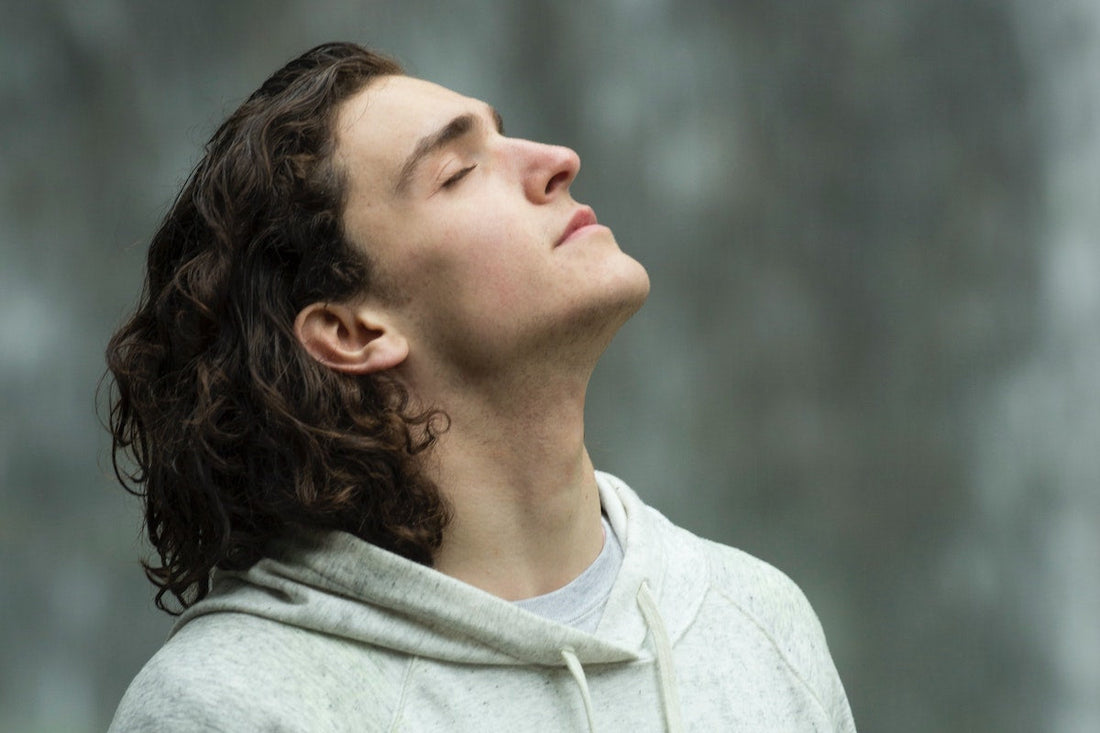
Here’s What Happens When You Perform Breathing Exercises
Share
Breathing exercises are crucial for individuals with COPD and other lung conditions. These exercises help strengthen lung muscles, improve breathing, and reduce shortness of breath. Read on to understand the different types of breathing techniques that can benefit your health.
Table of Contents
Summary Points:
- Pursed Lip Breathing: Helps reduce anxiety and regulates breathing, particularly for people with COPD.
- Diaphragmatic Breathing: Strengthens the diaphragm and ensures full lung capacity during breathing.
- Coordinated Breathing: Tied to movement, it helps maintain adequate oxygen during physical activities and improves lung health.
- Huff Coughing: Assists with mucus clearance to prevent fatigue during airway clearance.
- PEP Buddy: A portable, clinically proven device that reduces breathlessness and supports increased physical activity.
Pursed Lip Breathing
Pursed lip breathing is an extremely effective strategy that helps reduce anxiety, calm down, and better regulate breathing. It’s ideal for managing breathlessness.
To practice pursed lip breathing:
- Start with your back straight.
- Inhale through your nose for two seconds. Engage your diaphragm while breathing in.
- Purse your lips and exhale slowly for four seconds (twice as long as the inhale).
- Repeat 5 times, 4-5 times a day.
Benefits:
- Helps move oxygen into your lungs.
- Releases trapped air, allowing the air passages to stay open longer.
- Slows your breathing rate, reducing shortness of breath.
Diaphragmatic Breathing
The diaphragm is a muscle at the base of the lungs. Diaphragmatic breathing strengthens this muscle, which supports more efficient breathing.
To practice diaphragmatic breathing:
- Ensure a relaxed posture with your head, neck, and shoulders in a comfortable position.
- Place one hand on your chest and the other below your diaphragm.
- Inhale deeply through your nose, ensuring your belly rises (not your chest).
- Exhale and allow your belly to return to its starting position.
- Repeat 5 times, 3-4 times a day.
Benefits:
- Consciously fills your lungs to full capacity.
- Improves lung efficiency and airflow.
- Helps those with COPD prevent air from getting stuck in the lungs.
Coordinated Breathing
Coordinated breathing ties your breath to movement, ideally used during physical activities or exercise.
To practice coordinated breathing:
- Inhale through your nose before starting an activity.
- Exhale through pursed lips as you perform the movement or exercise.
- Inhale again as you rest.
- Repeat this cycle throughout your activity.
Benefits:
- Ensures you have adequate oxygen for physical activity.
- Allows you to be more active for longer periods.
- Improves lung health over time.
Huff Coughing
Huff coughing helps clear mucus from the lungs without straining your body. It’s a gentler way to clear airways.
To practice huff coughing:
- Sit up straight with your chin slightly tilted to open the throat.
- Take three diaphragmatic breaths.
- On the third breath, hold for three seconds.
- Exhale forcefully through an open glottis, whispering “HA” as you breathe out.
- Perform three huff cough maneuvers, then rest.
Benefits:
- Keeps your throat open for better mucus movement.
- Helps move mucus to larger airways, making it easier to clear.
PEP Buddy: Better Breathing, Backed by Science
PEP Buddy is a simple, portable, clinically proven device that reduces breathlessness. It helps increase your activity levels by preventing declines in blood oxygen during exercise.
Learn more about easing your shortness of breath with PEP Buddy today.This blog is for educational purposes only. Always consult with your healthcare provider to tailor recommendations specific to your needs.
